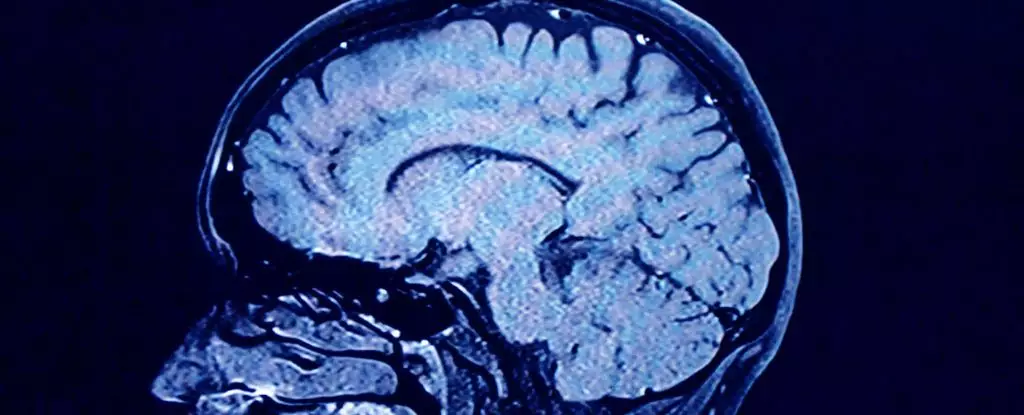Since the onset of the COVID-19 pandemic, a disturbing trend has emerged: a significant subset of individuals continues to experience symptoms long after their initial recovery. Studies suggest that anywhere from 5% to 10% of COVID-19 patients end up suffering from long COVID, marked by symptoms that linger for three months or even longer. As research continues to evolve, medical experts are delving deeper into the possible explanations for these enduring symptoms, revealing potential biological mechanisms. Notably, a growing line of inquiry focuses on the possibility that persistent viral particles may harbor a substantial role in triggering long COVID.
Viral persistence, the foundation of this inquiry, posits that remnants of the SARS-CoV-2 virus linger in different tissues and organs within the body long after the initial infection has resolved. While the idea of residual viral fragments staying behind has gained traction, the question remains: Is live virus truly present, and does this presence directly correlate with the development of long COVID? This distinction is crucial; understanding whether live virus or merely non-infectious remnants are involved could guide future treatment protocols.
As evidenced in several studies, the phenomenon of viral persistence has critical implications. In immunocompromised individuals, ongoing viral replication could lead to the emergence of new variants, complicating public health responses. Moreover, for the general population, the possibility of live virus contributing to persistent symptoms could signify that long COVID might, in essence, be a protracted infection, fundamentally altering our understanding of the virus’s long-term effects.
While confirmation of live virus lingering in patients remains elusive, there is increasingly compelling evidence that supports the idea of viral persistence as a contributor to long COVID. A notable study published in *Nature* highlighted that individuals with mild COVID symptoms could shed viral RNA for extended periods from their respiratory tracts. The correlation observed between prolonged viral RNA shedding and the incidence of long COVID symptoms raises concerns about the underlying mechanisms at play.
Further supporting this premise, additional research has detected replicating viral RNA and proteins in the blood of individuals years after their initial COVID-19 diagnosis. This persistence of viral material suggests that hidden reservoirs—potentially located in blood cells and other tissues—may harbor the virus for months, if not years. In one intriguing study, researchers discovered viral RNA across ten distinct tissue sites and blood samples taken one to four months following the acute infection, reinforcing the connection between persistent viral presence and long COVID risk.
Among the various locations where the virus may persist, the gastrointestinal tract emerges as an area of particular interest. With evidence pointing to its capacity to harbor the virus, understanding the gastrointestinal implications could lead to significant breakthroughs in managing long COVID.
Recent research as part of the RECOVER initiative has further substantiated the link between persistent viral infection and elevated likelihood of long COVID. Despite this, the scientific community faces challenges in isolating live virus from its hidden reservoirs in the body. The technical difficulties of this endeavor highlight the pressing need for continued research and exploration of novel therapeutic avenues.
In light of the accumulating evidence linking persistent viral presence to long COVID, experts are advocating for the acceleration of clinical trials exploring antiviral treatments. Not only should well-established antiviral medications be considered, but researchers also emphasize the potential benefits of less conventional therapies, including the diabetes medication metformin. This effort underscores the necessity of innovation and investment in clinical trial platforms dedicated to evaluating emerging therapeutic options.
Furthermore, recognizing the concept of long infection could serve as an enlightening idea within the medical community and society at large. Emphasizing that long COVID can affect individuals across all demographics, including those aged 30 to 49, necessitates a broader awareness of the importance of preventing subsequent infections. Public health messages must reinforce that every new COVID-19 infection carries the risk of developing long COVID, regardless of previous health status.
As we navigate this complex landscape, adopting preventive strategies becomes paramount. Recommendations center around enhancing indoor air quality, properly utilizing face masks, and maintaining personal vigilance through regular testing. Simple measures—such as ensuring well-ventilated spaces and utilizing high-quality masks in crowded settings—can play a crucial role in minimizing exposure to the virus.
Vaccination also remains a critical tool: evidence suggests vaccinated individuals experience reduced rates of long COVID. Although the road to better treatments for long COVID remains ongoing, increasing awareness of its biomedical underpinnings can facilitate the quest for effective interventions. Moreover, this understanding has implications for how medical practitioners approach patients expressing symptoms related to long COVID, ensuring they receive the care and attention they rightfully deserve.
As the scientific community continues unraveling the complexities of long COVID, the attention turns to both treatment innovations and preventive strategies. Through a concerted effort aimed at combating the persistence of the virus, we may one day hope to alleviate the burdens of long COVID on individuals and society as a whole.


Leave a Reply